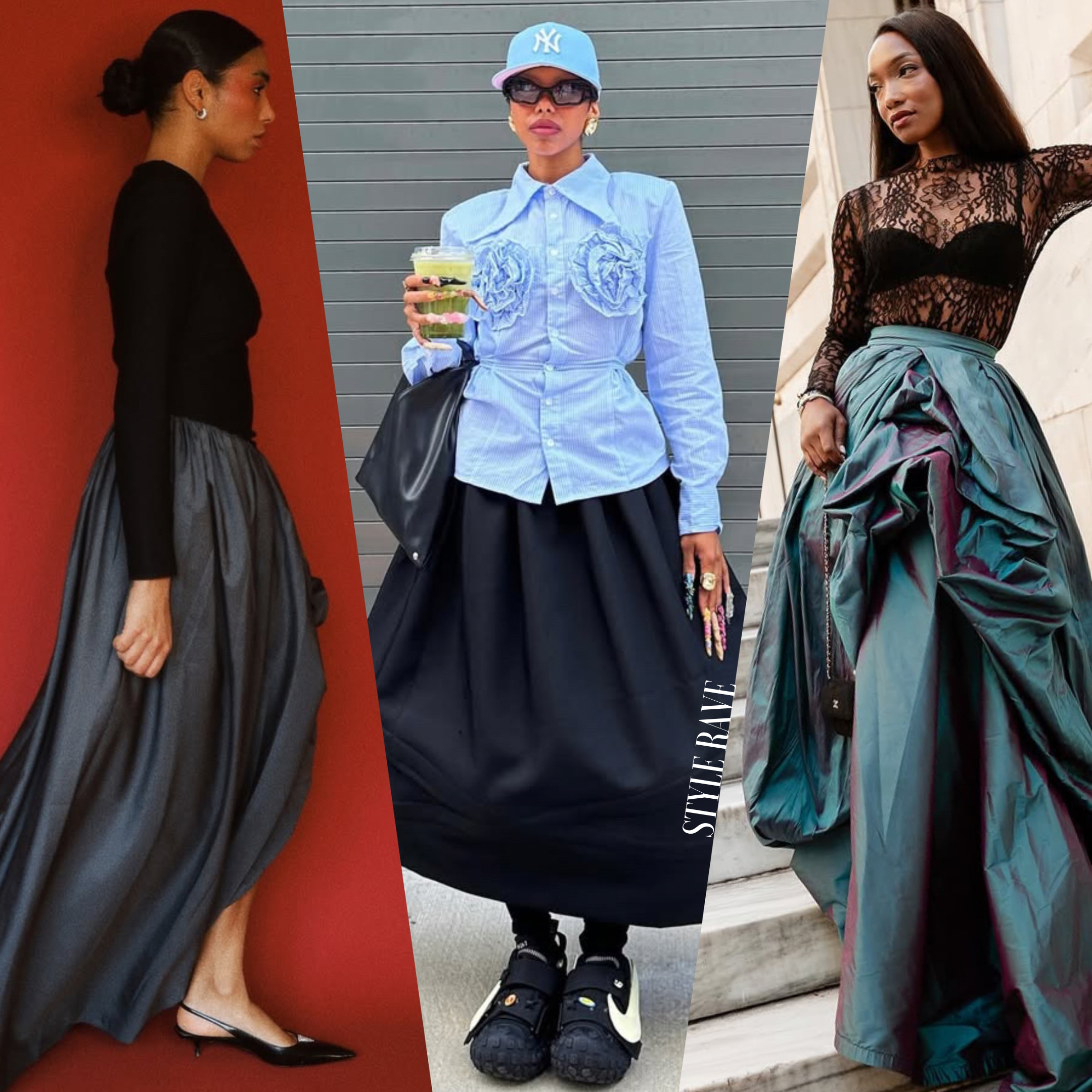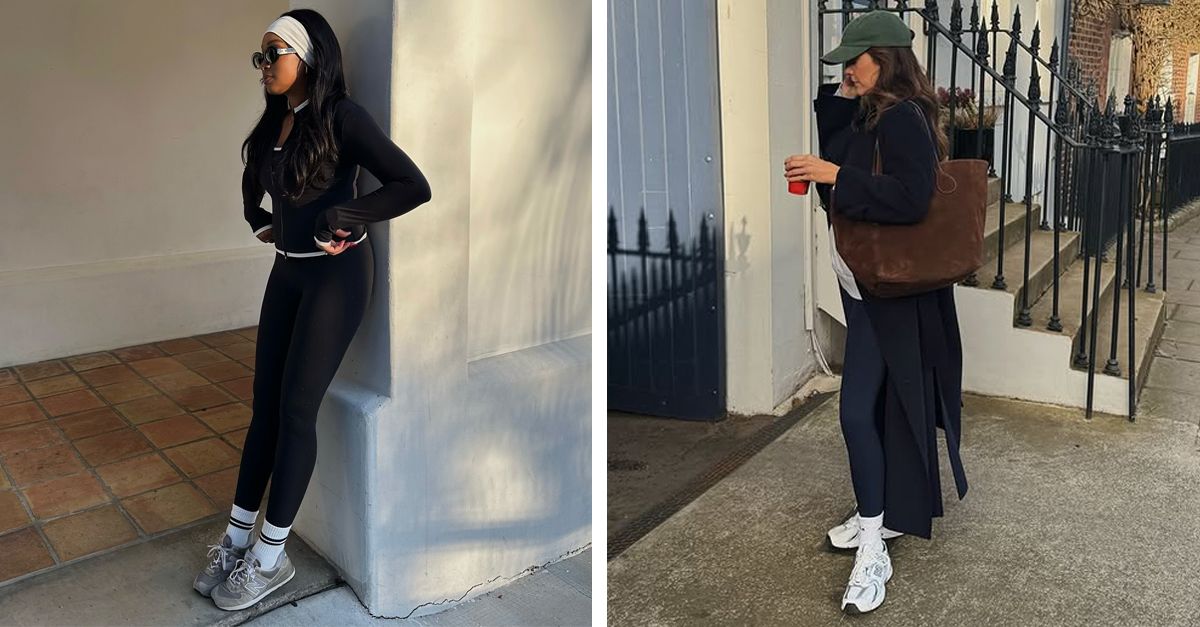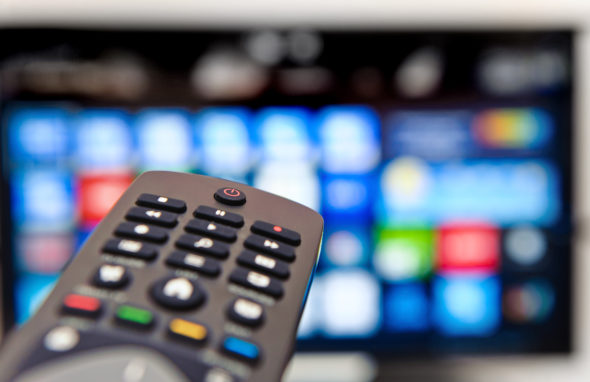
Twitter Looks To Bring Advertisers Back With Expanded Ad Features, Months After Top Advertisers Left The Platform In Mass
Topline
Twitter, now called X, has announced a partnership with X on Tuesday. expand brand safety measures for advertisers on the platform—which has been battered by decreases in ad revenue since Elon Musk acquired Twitter last year.
These new tools are designed to attract more advertisers to social media. Photo by JOEL … [+]
The Key Facts
Through an extended partnership with ad-tech firm Integral Ad Science, X will provide more advertisement tools that it claimed would allow advertisers to separate their content from undesired keywords and handles with more than a “99% efficacy rate.”
The ad tool expansion comes about a month after Musk said X, then Twitter, had “negative cash flow” due to an estimated 50% declineAdvertising revenue has declined significantly since Musk’s takeover of the platform.
Advertisers will also be able to use standard and conservative sensitivity settings to choose what kind of content they’re not comfortable showing their ads alongside, including sexual content, targeted hate speech, obscenity, drugs and more.
A relaxed sensitivity setting is coming soon, which would show advertisements alongside some types of sensitive content to “maximize reach,” according to a screenshotThe feature.
According to researchers, the sensitivity features may be a welcome relief for advertisers of X. Since Musk took over, there has been an increase in hate speech.
An automated blocklist will also be a tool available to advertisers, allowing them to prohibit their brands from appearing adjacent to certain keywords on the “For You” and “Following” pages.
What We Don’t Know
It’s not clear when some of the features, such as sensitivity settings, will officially go live. A test phase is being used in the interim before some tools are launched.
Big Number
59%. That is the year-over-year drop in X’s revenue from U.S. advertising this April, according to the New York Times.
Key Background
Since Musk’s $44 billion acquisition of Twitter, the platform, currently known as X, has gone through shifts that have turned away advertisers. The platform experienced a significant increase in racist and anti-semitic posts weeks after Musk’s arrival. By January, more than half of Twitter’s top advertisers, such as Coca-Cola, Unilever, Jeep and Wells Fargo, stopped spending on the platform. Researchers at the Center for Countering Digital Hate claimed that Twitter had failed to respond to 99% of Twitter Blue account posts that were hateful. Musk promptly threatened legal action against the non-profit, claiming it intended to scare advertisers away from the platform with “incendiary claims.” Musk has said his platform was willing to work with advertisers and their concerns about the platform, but that “freedom of speech” was “paramount” for Twitter. The billionaire has further maintained that he has tried to create “a “sensible middle ground” between advertisers and the public’s freedom of speech.
Continue Reading
Musk says Twitter ads plummet as the battle with Threads heats up (SME)
Twitter’s U.S. Ad Sales Down 59% Despite Musk’s ‘Breaking Even’ Claims, Report Says (SME)
























































![Social Media Spring Cleaning [Infographic] Social Media Spring Cleaning [Infographic]](https://imgproxy.divecdn.com/9e7sW3TubFHM00yvXe5zvvbhAVriJiGqS8xmVFLPC6s/g:ce/rs:fit:770:435/Z3M6Ly9kaXZlc2l0ZS1zdG9yYWdlL2RpdmVpbWFnZS9zb2NpYWxfc3ByaW5nX2NsZWFuaW5nMi5wbmc=.webp)
![5 Ways to Improve Your LinkedIn Marketing Efforts in 2025 [Infographic] 5 Ways to Improve Your LinkedIn Marketing Efforts in 2025 [Infographic]](https://imgproxy.divecdn.com/Hv-m77iIkXSAtB3IEwA3XAuouMwkZApIeDGDnLy5Yhs/g:ce/rs:fit:770:435/Z3M6Ly9kaXZlc2l0ZS1zdG9yYWdlL2RpdmVpbWFnZS9saW5rZWRpbl9zdHJhdGVneV9pbmZvMi5wbmc=.webp)












